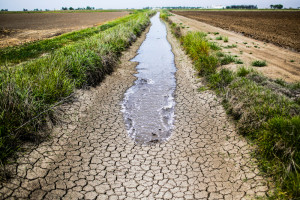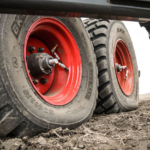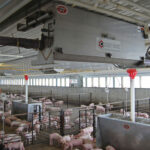Cold Water, Hot Debate
There’s been considerable controversy over just how much of California’s freshwater the state’s agriculture industry actually uses. Is it 40%, 80% or somewhere in between? Here’s how the percentages are calculated, so you can decide for yourself. The amount of...
Cold Water, Hot Debate
There’s been considerable controversy over just how much of California’s freshwater the state’s agriculture industry actually uses. Is it 40%, 80% or somewhere in between? Here’s how the percentages are calculated, so you can decide for yourself. The amount of...There’s been considerable controversy over just how much of California’s freshwater the state’s agriculture industry actually uses. Is it 40%, 80% or somewhere in between? Here’s how the percentages are calculated, so you can decide for yourself.

Irrigation water runs along a dried-up ditch between rice farms to provide water for the fields in Richvale, Calif.
The amount of freshwater used by California farms and other agricultural operations is often reported at 80%, with the remaining 20% allocated for urban use. (A third division of usage—industrial—is typically included in the “urban” and “agricultural” categories.) However, the key word here is “available.”
To reach the 80% figure listed above, only water that’s available or “developed” for economic uses is taken into account. When environmental needs for freshwater are entered into the equation, the breakdown is roughly 50% environmental, 40% agricultural and 10% urban, this according to numbers reported by the Public Policy Institute of California.
Yet, even the latter numbers—those accounting for environmental usage—are contested. Splitting the difference, UC Davis’s Center for Watershed Sciences argues that while many environmental uses should be included in the state’s total water budget, wild and scenic rivers should not, because it is not possible for them to provide water for human use. This reconfiguration renders state freshwater usage as 62% agricultural, 22% environmental and 16% urban.
Need another opinion? Blaine Hanson of UC Davis offers one that considers the variance in precipitation: only 52% of California’s total water supply (not just that developed for economic uses) is used by agriculture in a dry year, and only 29% is used in a wet year.



